On November 5th 2019 the sixth meeting of the Brussels FP&A Board, launched in November...
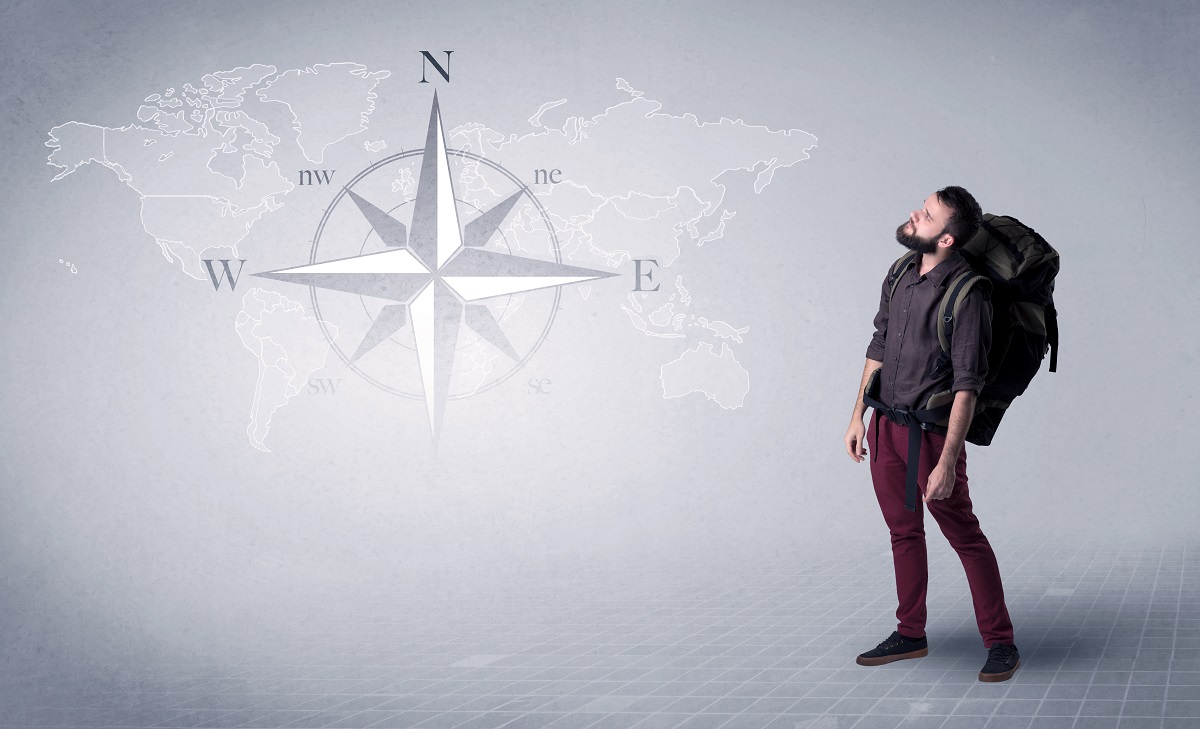
Business agility is on everybody's lips these days. Beyond Budgeting has been around even before Agile was invented and long before the term "business agility" was coined. Unlike Agile, Beyond Budgeting was designed from the start as an agile way of running an organisation.
For this and many other reasons, the interest in Beyond Budgeting is today record high, and the model keeps being updated and refined. The recent introduction of the Viable Map Workbook provides a practical and interactive implementation tool for anyone interested in exploring Beyond Budgeting. My contribution to this anniversary is a new book, "This is Beyond Budgeting – A Guide to More Adaptive and Human Organizations".
A Record High Interest
When the Beyond Budgeting model was developed in 1998, few of us imagined that this radically new way of leading and managing 25 years later would be more popular than ever. Today, Beyond Budgeting is adopted by more and more organisations around the world, is taught at business schools, and has a vibrant global community.
Maybe you wonder why it is taking so long. Perhaps it isn't. Don't forget that budgeting was invented a hundred years ago, but it only became mainstream after the Second World War. Concepts that grow slowly and steadily are typically much more sustainable than short-lived hypes that become fashionable overnight. We have seen a few since Beyond Budgeting was born.
The major consulting firms are also getting interested. Almost all have reached out for cooperation in some form or shape because their clients want to learn more. We come from different places, and we might have different agendas. Still, we need these firms on board. They have channels and muscles we don't have. Some of them have been clear about their intention of offering Beyond Budgeting to their clients in any case. We are not naive, but we have decided to join forces to help them understand what Beyond Budgeting is about and avoid implementations being reduced to Rolling Forecasting exercises or just a more dynamic resource allocation. We have, unfortunately, seen a few such examples. We would rather help these firms and their clients get it right than stand by and watch them fail. Hopefully, my new book and the Viable Map Workbook (see below) can help both reach a deeper and better understanding of Beyond Budgeting.
Boston Consulting Group (BCG) and Bain & Company have recently run very positive Beyond Budgeting surveys among their clients. Both have also written several articles on Beyond Budgeting.
BCG did a study recently among Beyond Budgeting practitioners on how the model affected their operations and performance. The result was pretty impressive. The most profound effect was financial, through an increase in sales, but many others reflected better quality and efficiency in affected management processes. Almost 60% reported increased sales, and more than 50% reported lower costs in the process itself, better business decisions, and better agility in reallocating resources.
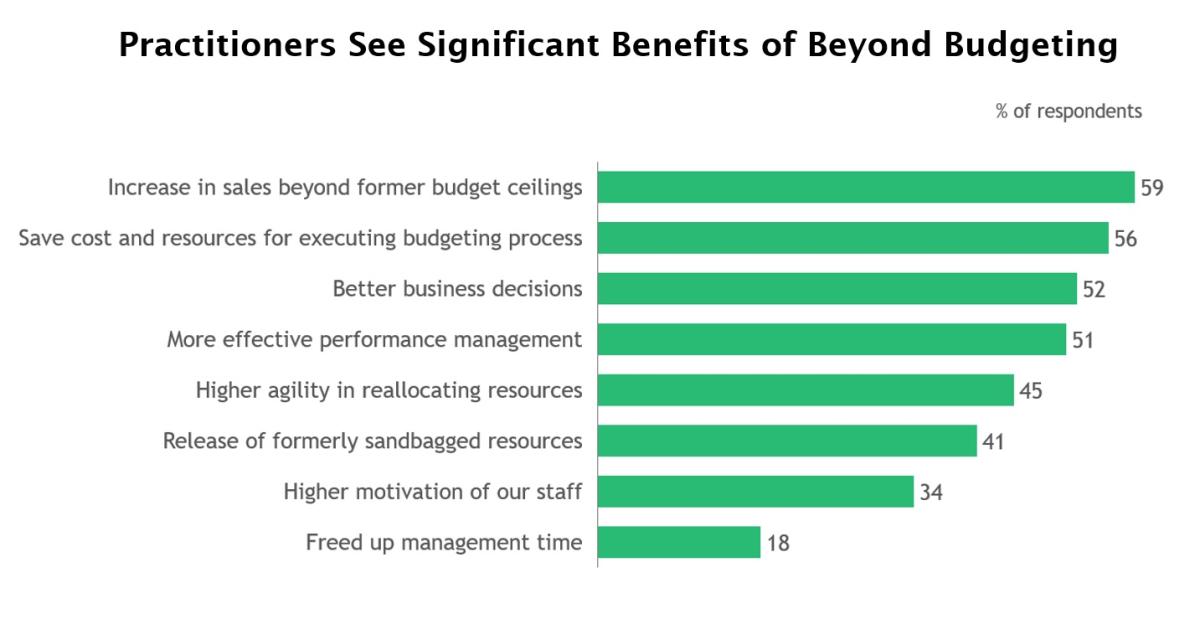
Figure 1: Survey on Beyond Budgeting Conducted by Boston Consulting Group
Bain surveyed its clients, finding that leading firms in financial planning are much more likely to have adopted the Beyond Budgeting principles. There was a massive difference across most principles, both in leadership and management processes.
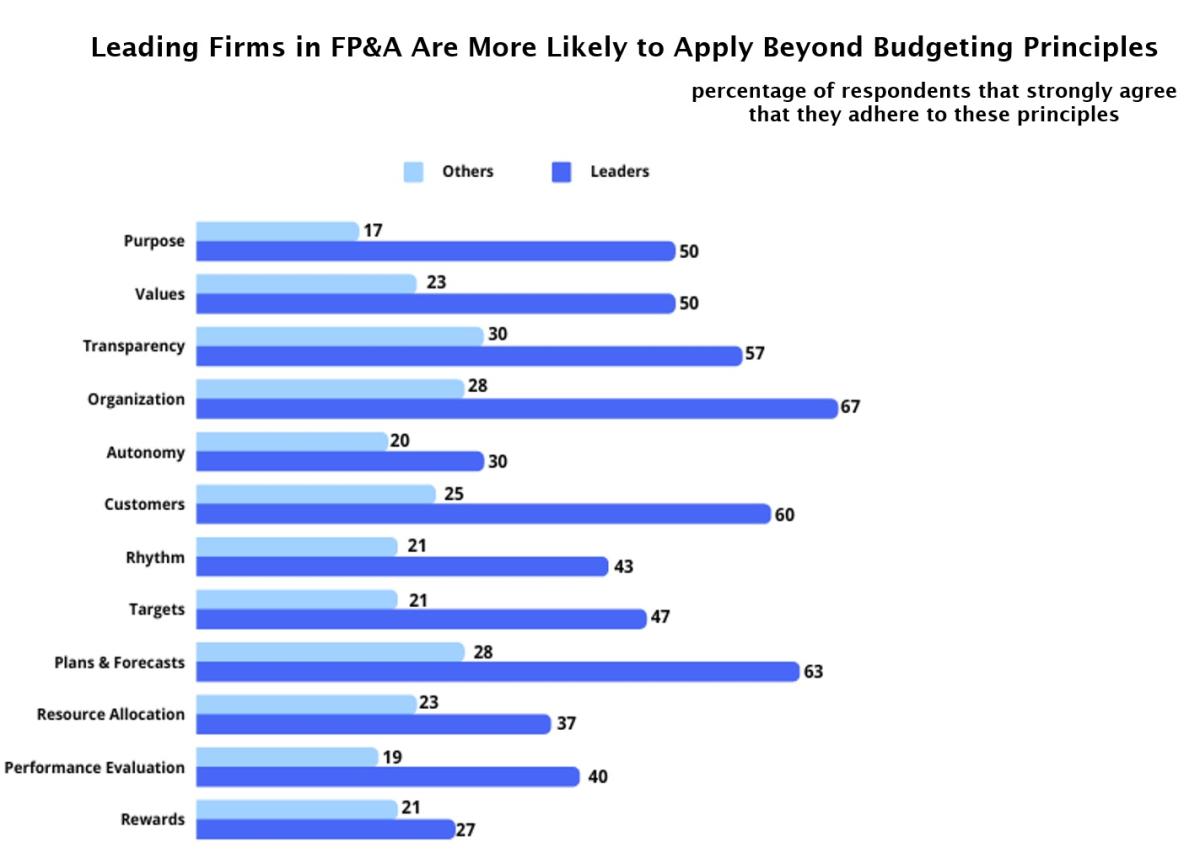
Figure 2: Bain Finance Leaders Survey, February 2022, (n = 236)
Update of the Beyond Budgeting Principles
The Beyond Budgeting principles have evolved over the years and have been updated several times, but the philosophy hasn't changed.
The principles have recently been through another minor update, with some more cosmetic changes but also a few new messages reflecting new learning and insights. Today, they are expressed as described in Figure 4.
The new subtitle, "Performance. The Right Way." has an important message. Beyond Budgeting changes how we define and how we deliver performance.
The "Performance evaluation" text has been adjusted to reflect that the principle addresses performance measurement and final performance evaluation. The "Rhythm" principle has been renamed "Coordination." The adjustments also involve a few changes in the order of the principles.
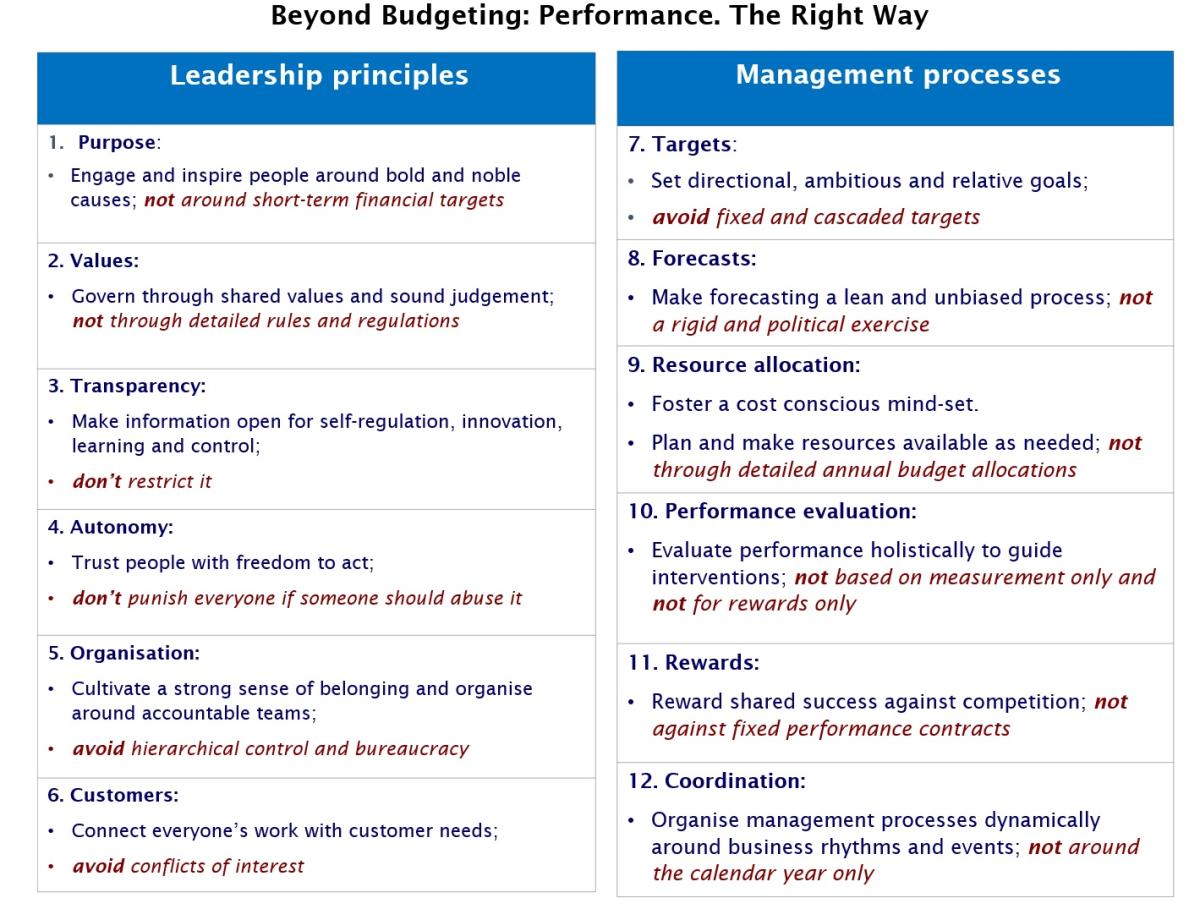
Figure 3: 12 Key Principles of Beyond Budgeting by the Beyond Budgeting Institute
The Viable Map
You might be familiar with the "Business Model Canvas," a very popular concept and template used for documenting existing business models and developing new ones. A similar concept for documenting and developing management models has not yet existed, but we have now developed one based on the Beyond Budgeting model. The Viable Map can be used to describe a management model, discuss the current situation, diagnose problems, and design a better way.
Why viable? It is about the ability to survive and thrive. Although we must perform well today, we must also make sure we adapt for the future.
It starts with an assessment of the organisation's business environment. Where is it on a SUSO-VUCA scale ('stable-understood-simple-obvious' versus 'volatile-uncertain-complex-ambiguous')?
The Map describes alternatives for each of the six management processes, depending on the assessment. The higher the VUCA, the higher the need to move from fixed (traditional budgeting) to decoupled (budget purpose separation) via continuous (event/business-driven rhythm) to relative (external perspectives). The leadership assessment reflects the spirit of Douglas McGregor's Theory X and Theory Y. The development path here is more continuous, from X toward Y and more self-regulation, depending on how the organisation view its employees.
The focus on coherence is key, internally between leadership messages and management practices and externally between the organisation's adaptability and the VUCA level under which it operates. The model is not saying that being on the right is always best. It just says there must be coherence. If both the business environment and employees are on the right, then this is where the management model must be. If the organisation, however, operates in a SUSO environment and has done a lousy job in recruitment, then the left might be the place to be. There is still coherence. But there will then be other rather serious problems to deal with.
Check out the Viable Map Workbook to learn more, and see bbrt.org for more information about how to get it.
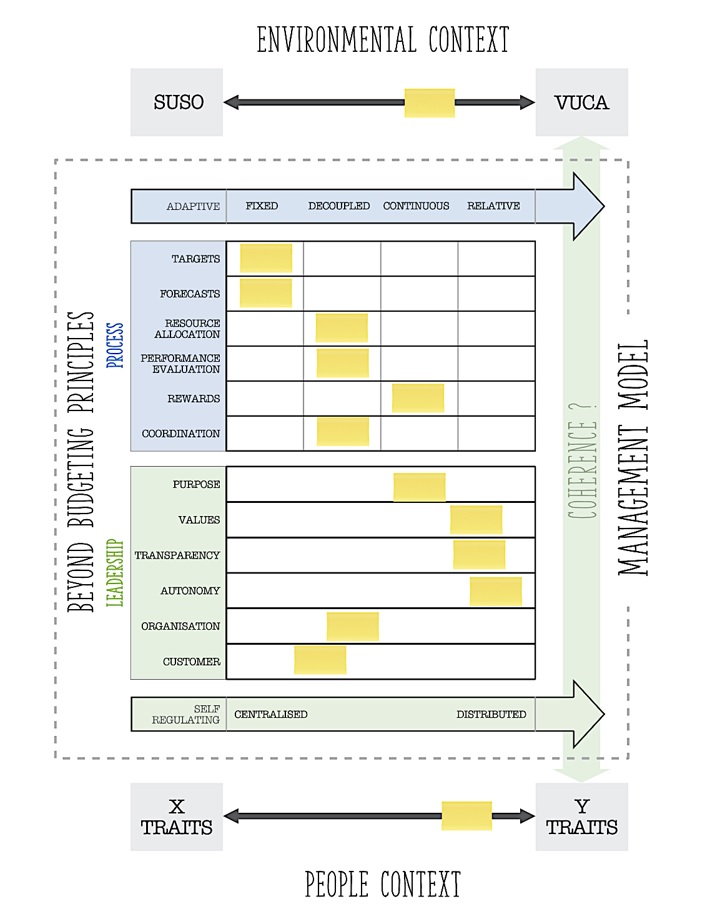
Figure 4: The Viable Map
Source: The Beyond Budgeting Institute
*********
When in 15–20 years, we look back at today's mainstream management thinking, we will all smile, maybe laugh, just like we today smile about the time before the Internet. It isn't that long ago!
Organisations have a choice. They can be early movers, embracing management innovation because they understand it brings a competitive advantage. Or they can end up as laggards, dragged in as one of the last. The longer one waits, the more competitors will be ahead.
Maybe you also have a choice. Maybe you will be among those remembered for making this happen in your organisation. Or for the opposite if you resisted. Or forgotten if you didn't take a stand.
Subscribe to
FP&A Trends Digest

We will regularly update you on the latest trends and developments in FP&A. Take the opportunity to have articles written by finance thought leaders delivered directly to your inbox; watch compelling webinars; connect with like-minded professionals; and become a part of our global community.




